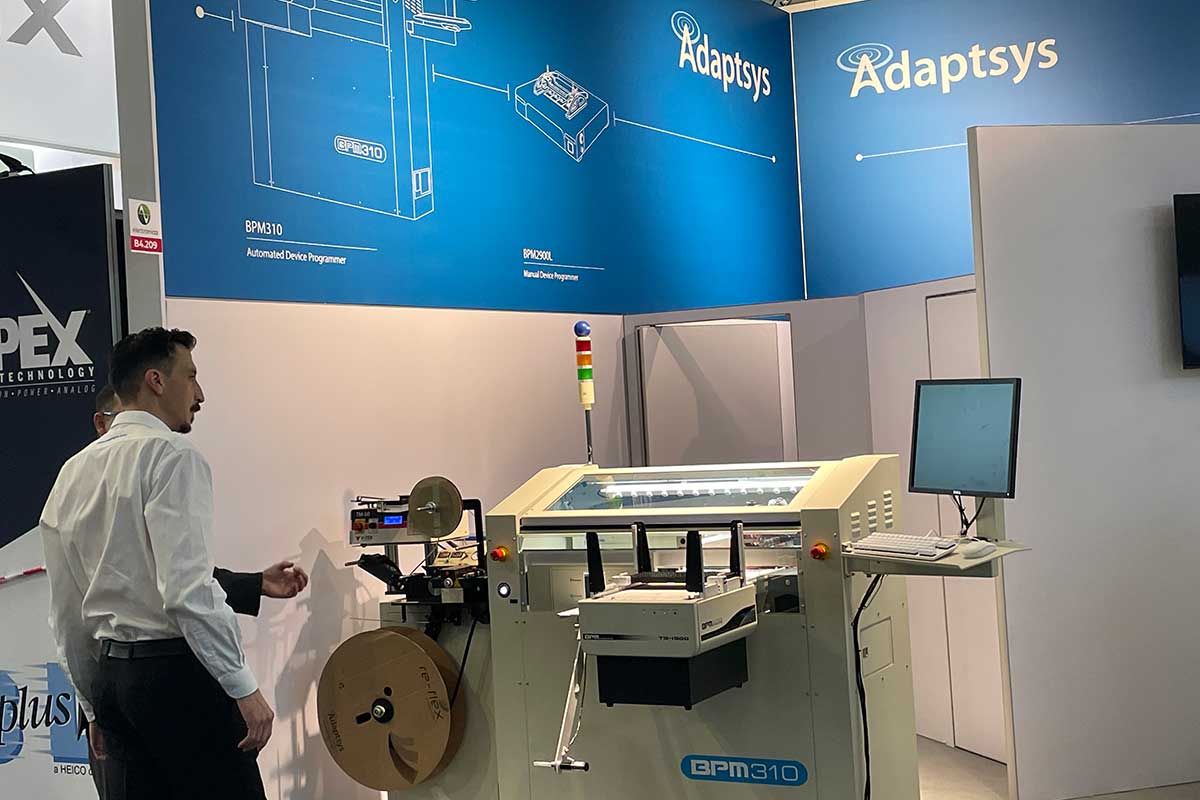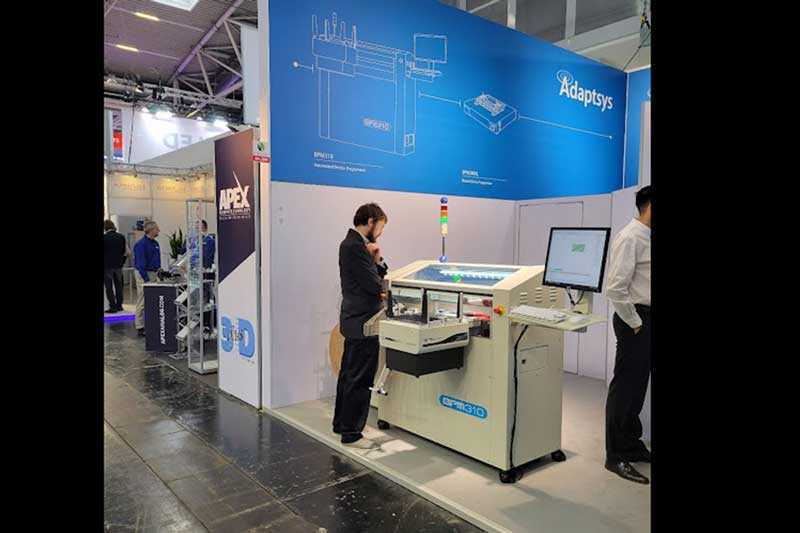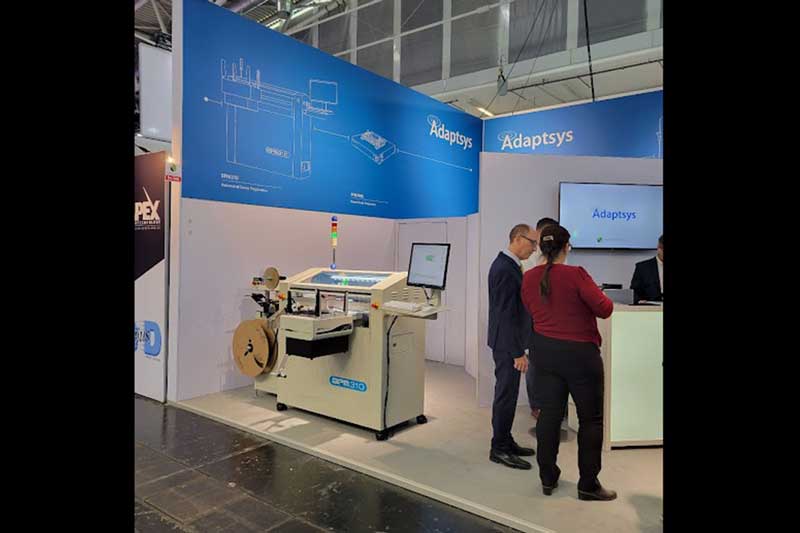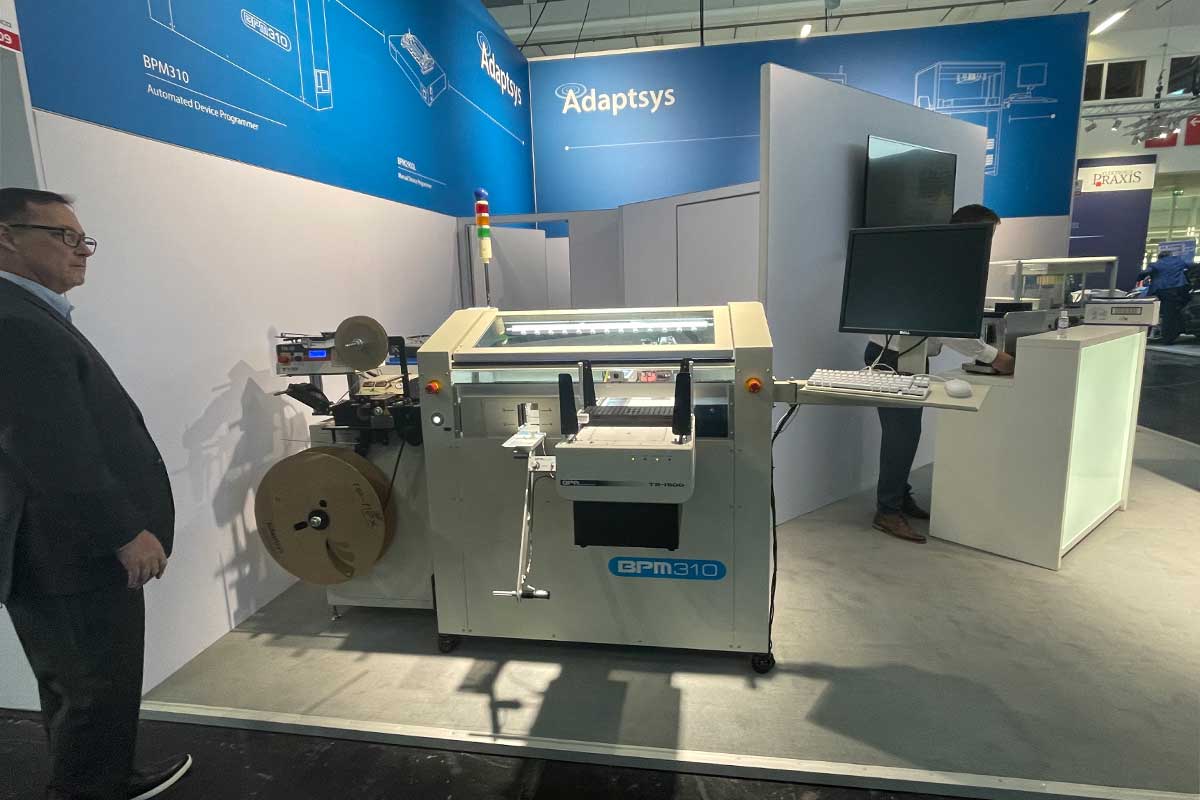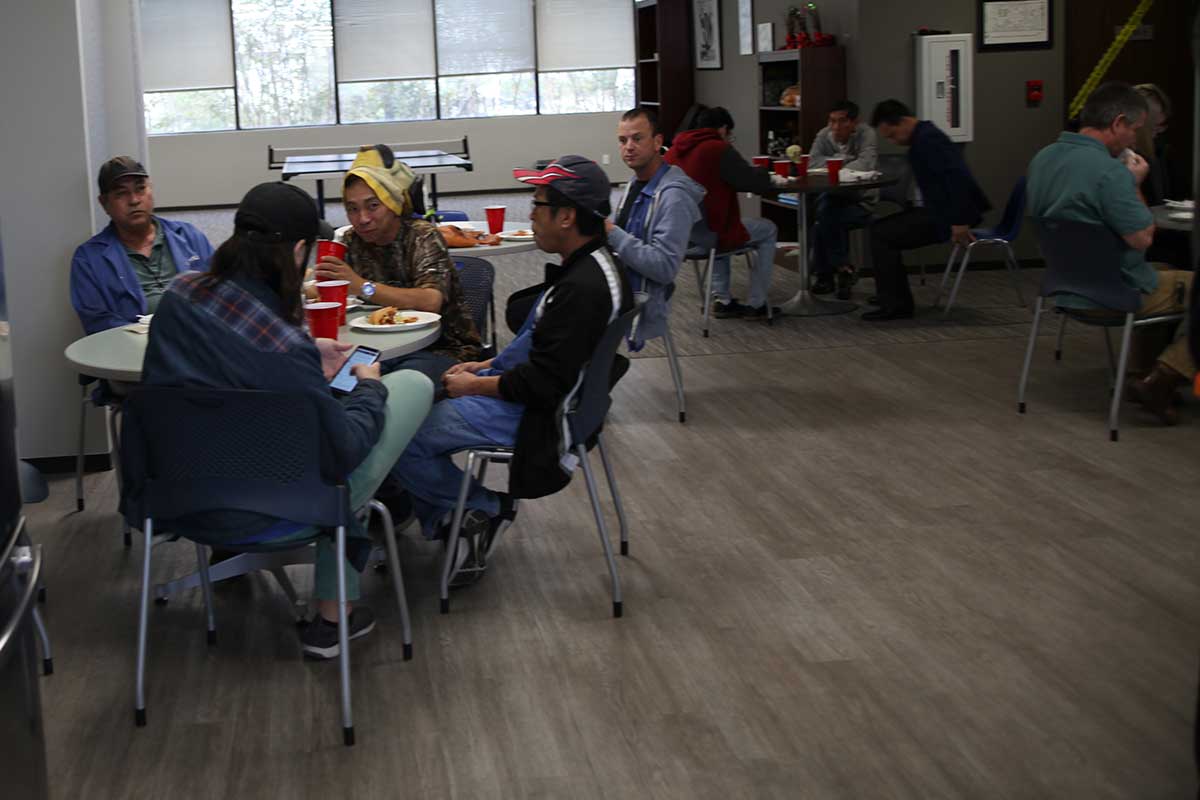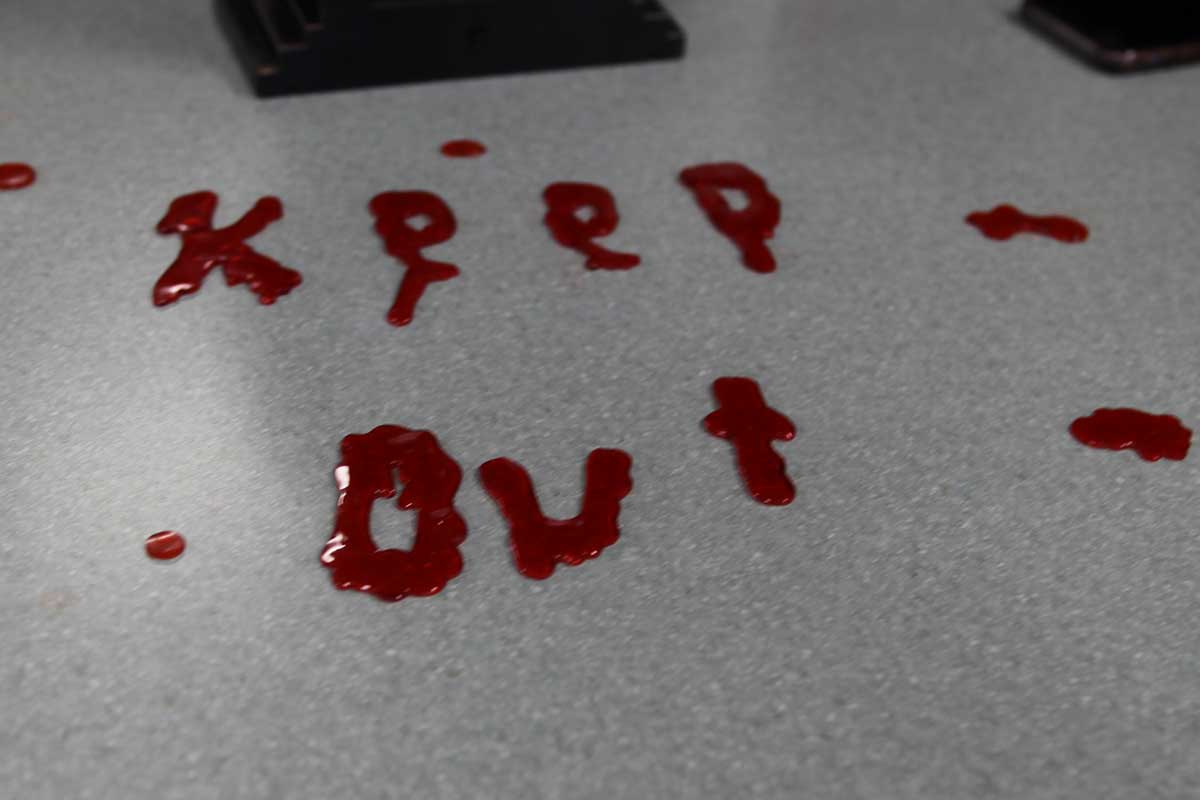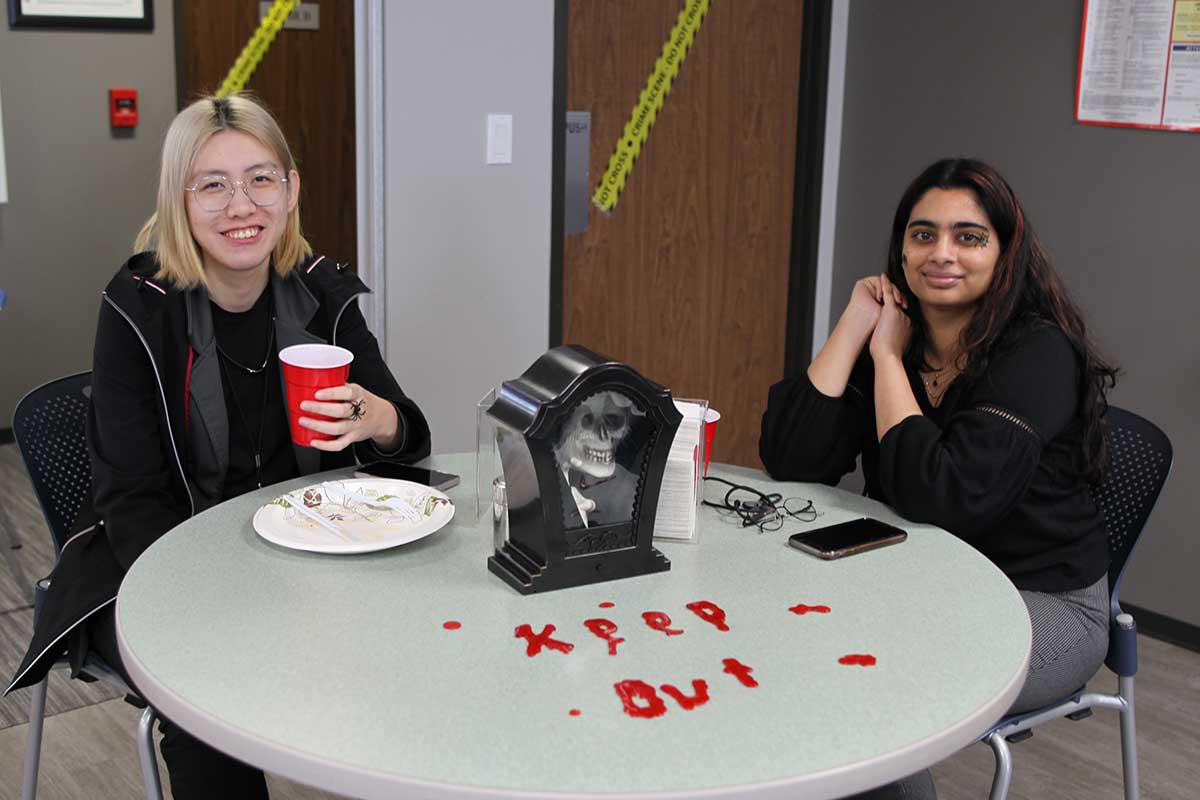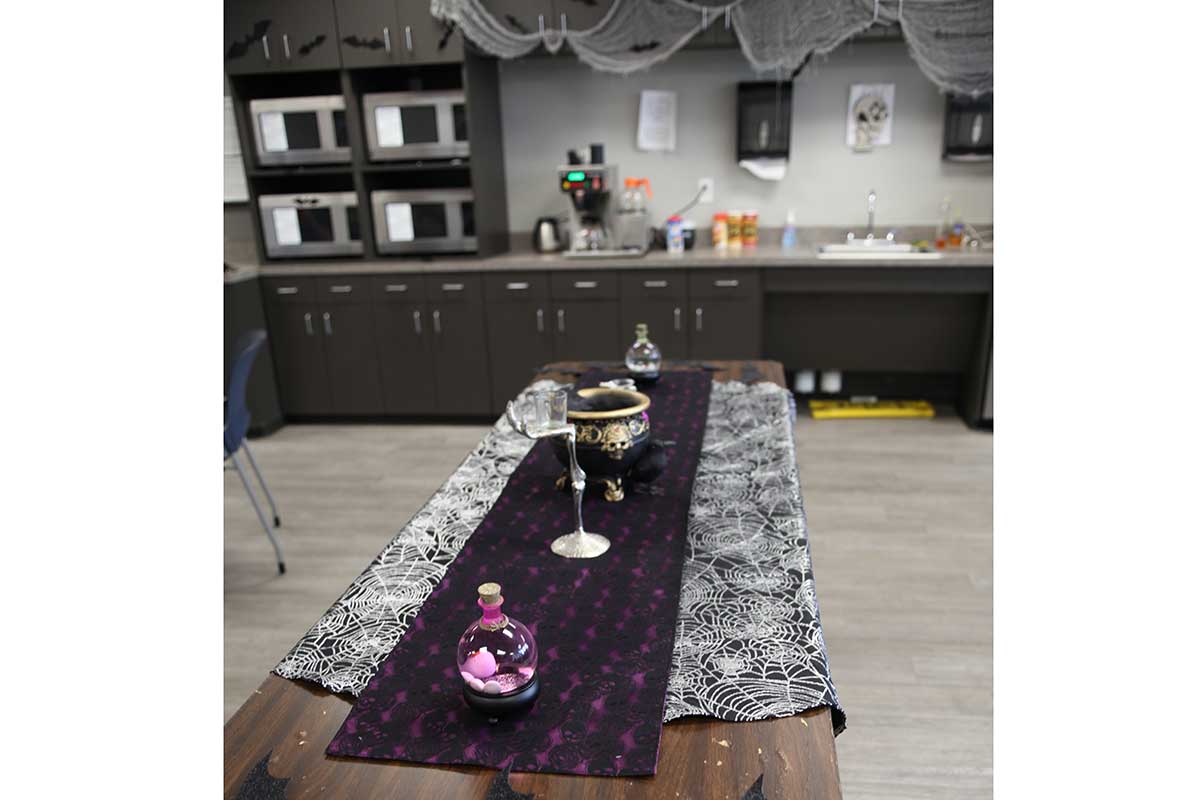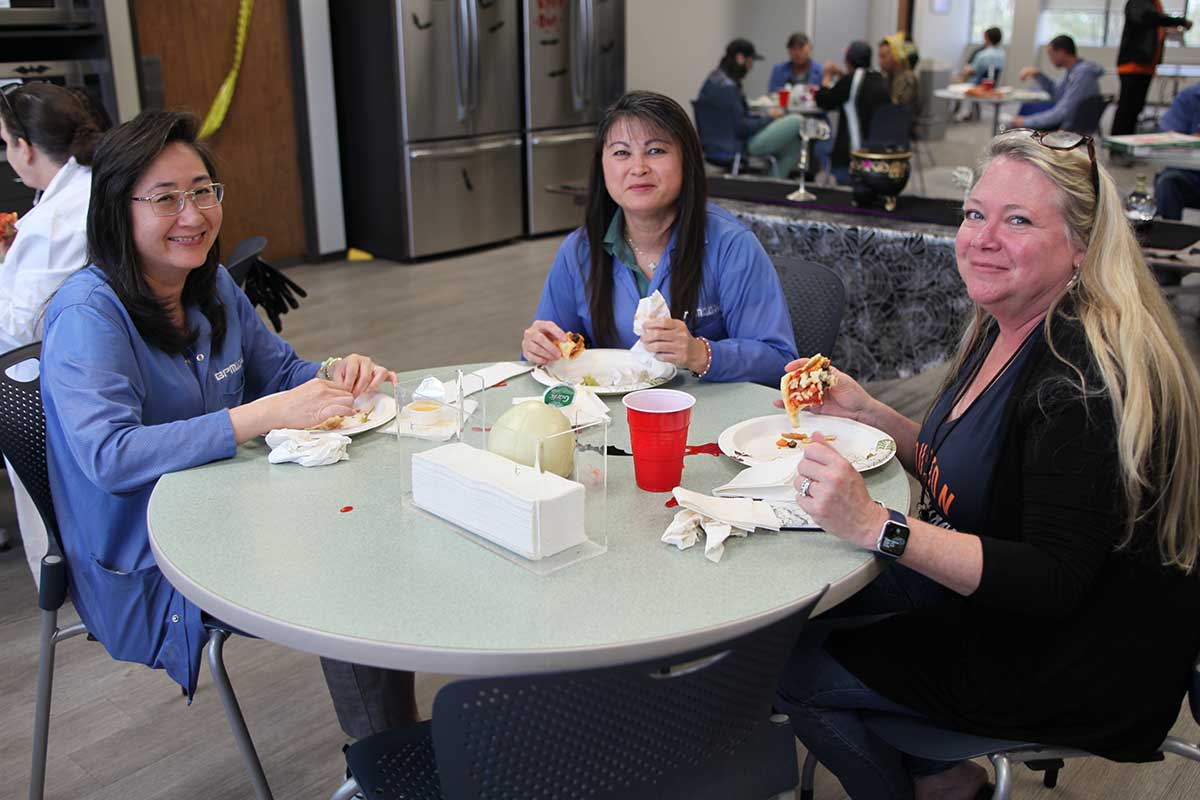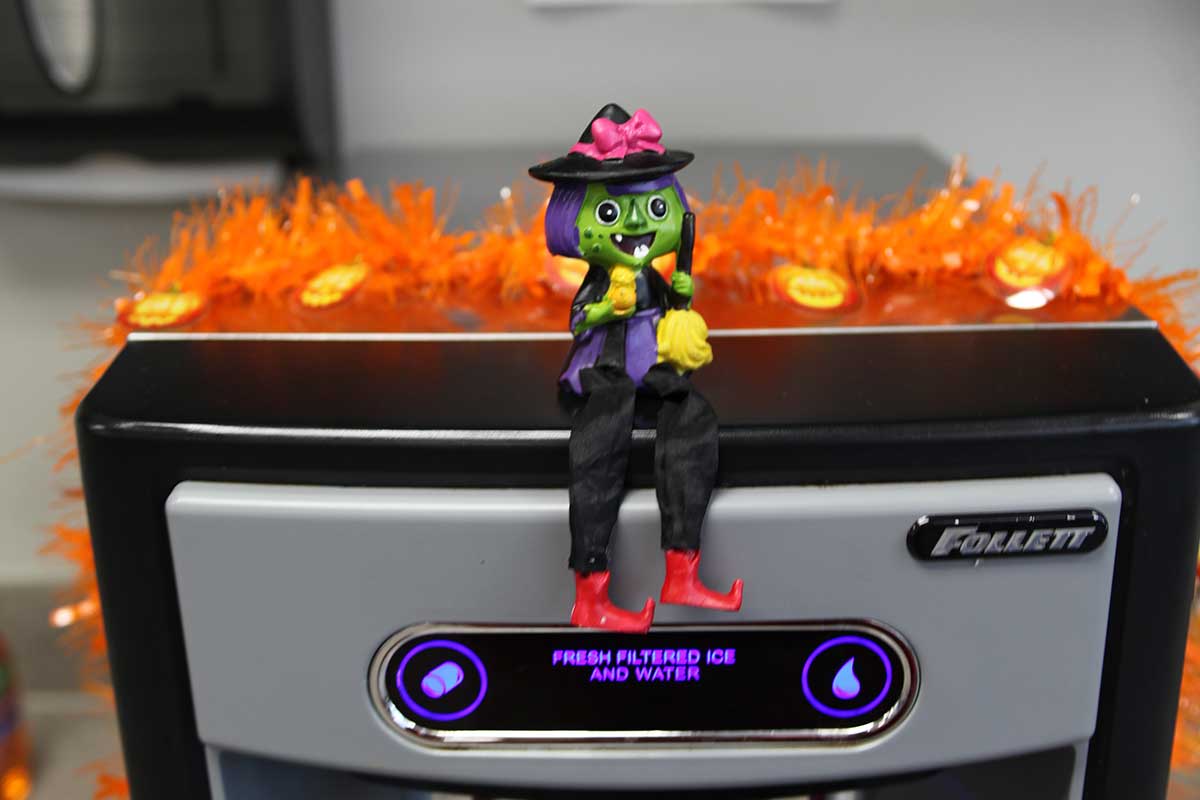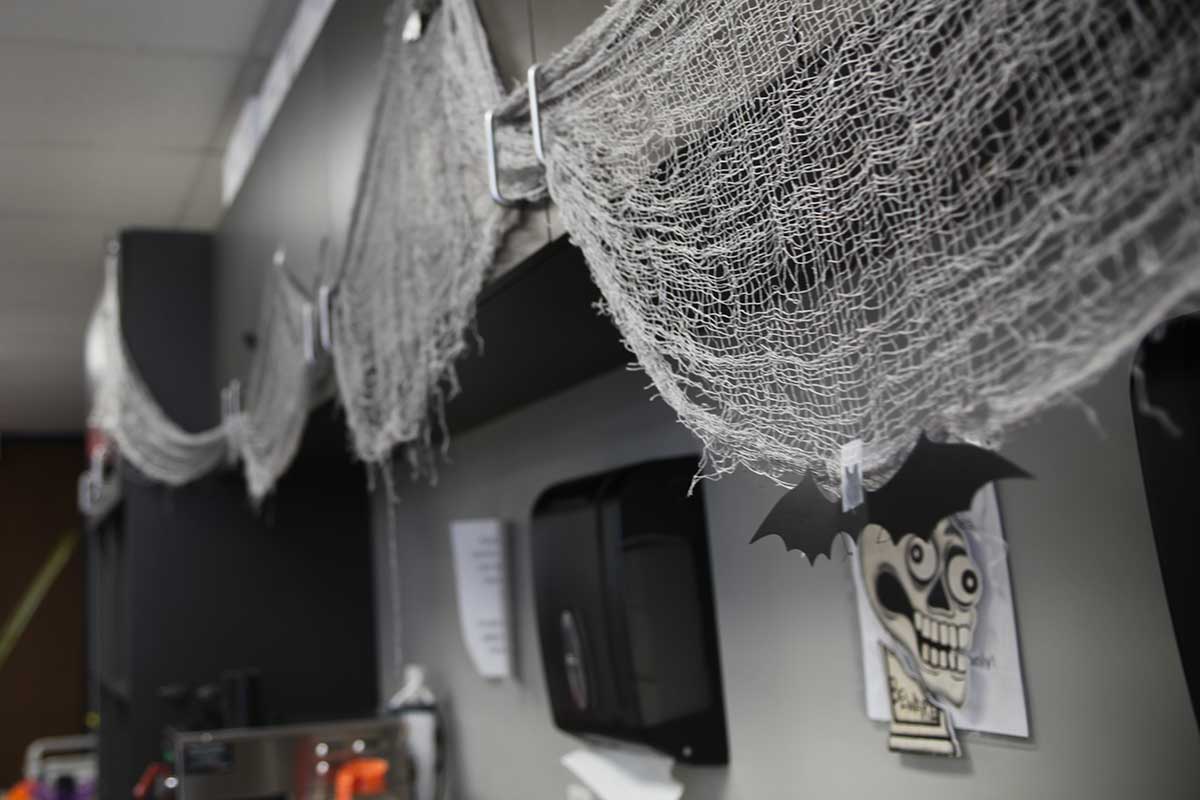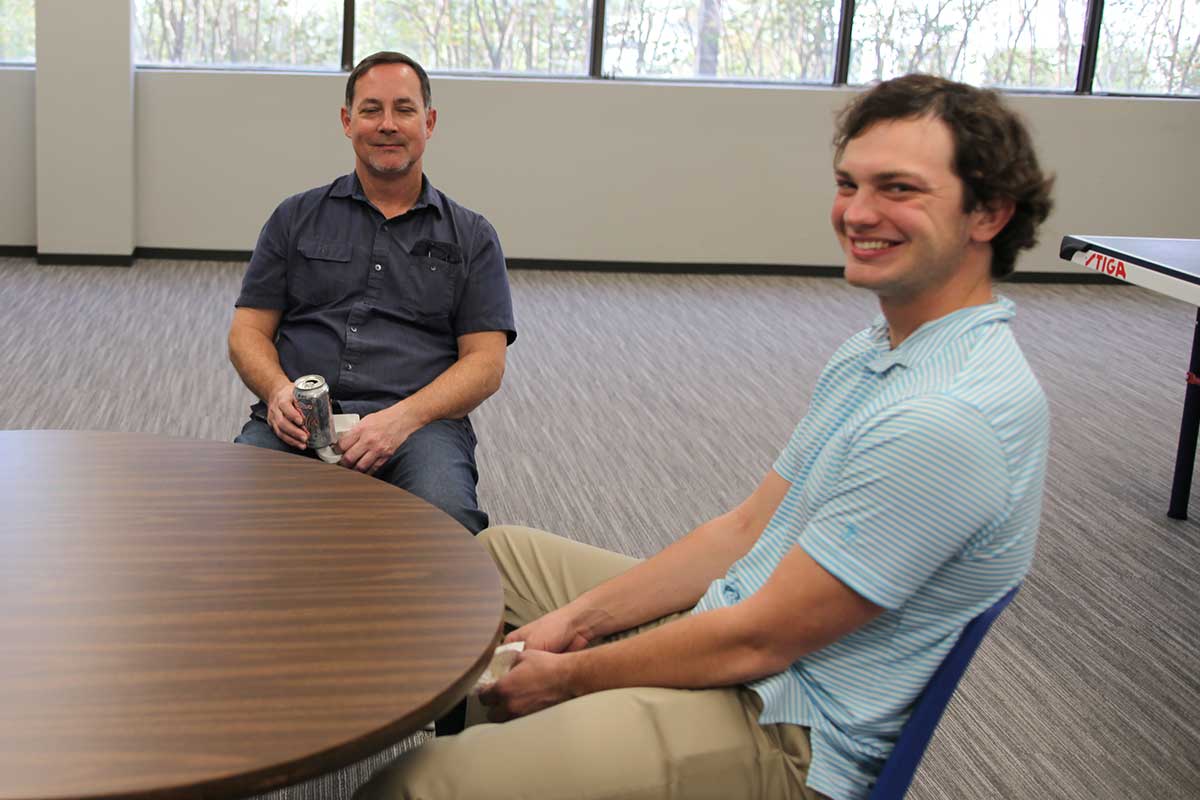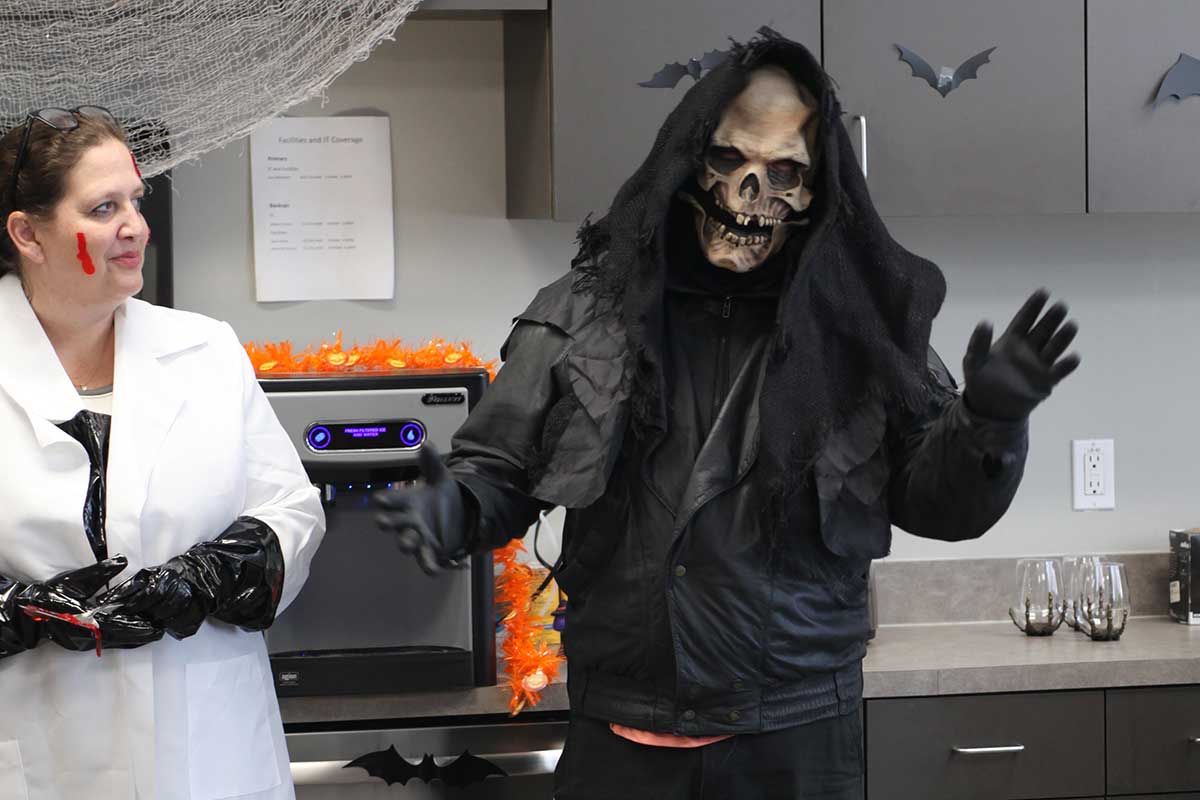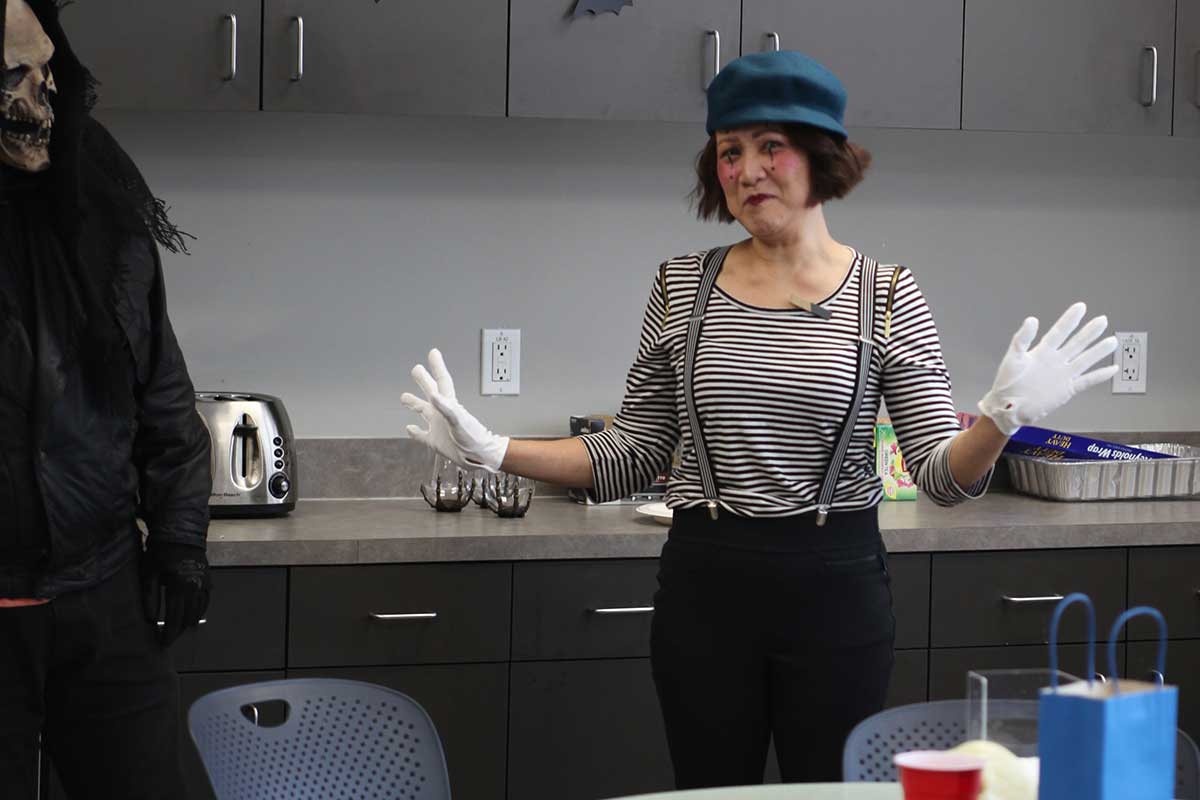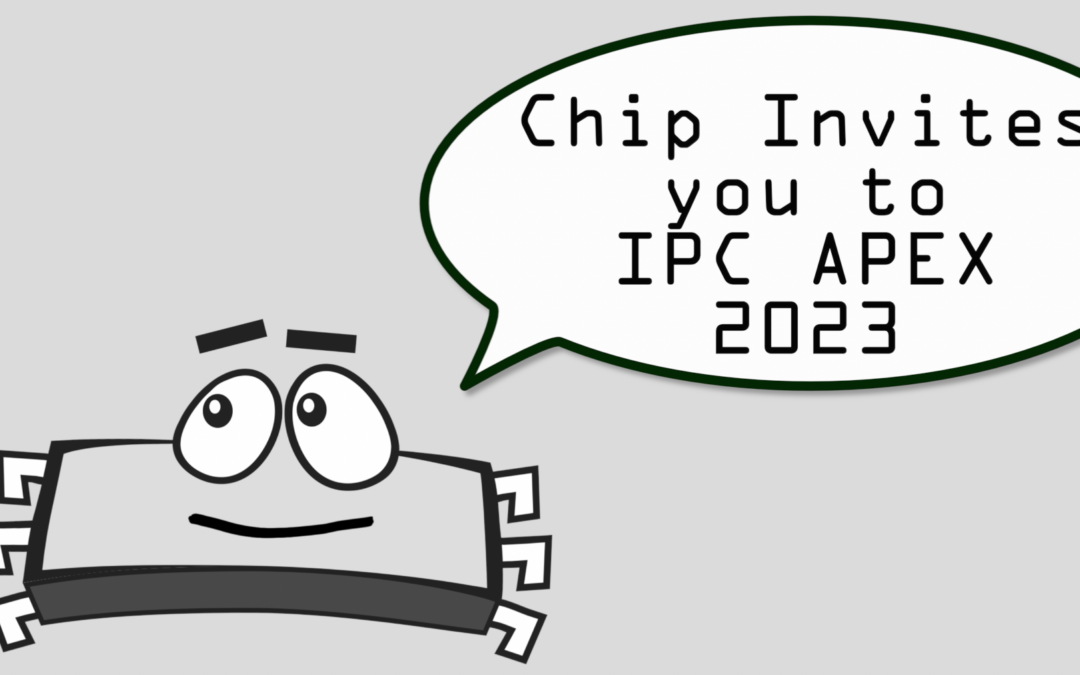
by Scott Bronstad | Dec 15, 2022 | News
BPM Microsystems will display its 10th Generation programming technology platform, the BPM310, Automated Programming System, at the IPC APEX Expo.
IPC APEX is the largest event for electronics manufacturing in North America, attracting more than 9,000 professionals, from 45 countries.
BPM is celebrating 22 years of exhibiting at APEX, on its 38th anniversary as a company. Make plans now to attend IPC APEX Expo 2023, January 24-26, at the San Diego Convention Center, Booth 1219.
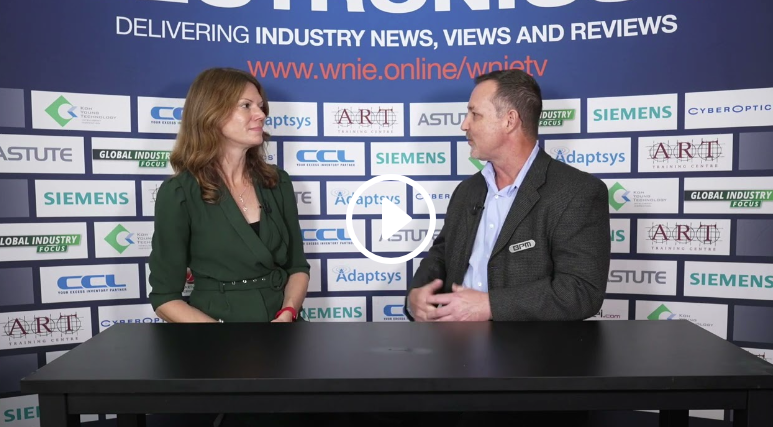
by Scott Bronstad | Dec 5, 2022 | News, Video
Colin Harper Video Interview from Electronica ’22
Karen “Kaz” Pearman speaks to Colin Harper, the Global Sales Director for BPM Microsystems during the Electronica 2022 Trade Show in Munich, Germany. Ms. Pearman is an independent journalist with “What’s New in Electronics” WNIE TV.
Issues faced in today’s marketplace
- Value (smaller form factor, same capacity)
- Greater socket density available on 10th Generation Sites
- 3D inspection (automotive quality) in a smaller system
- Supply Chain
- Verify the device before it is placed on PBC board
- Handles all media (tape, tube, tray)
- Universal support on one platform
View the WNIE TV playlist from electronica ’22 here
Global Sales Director, BPM
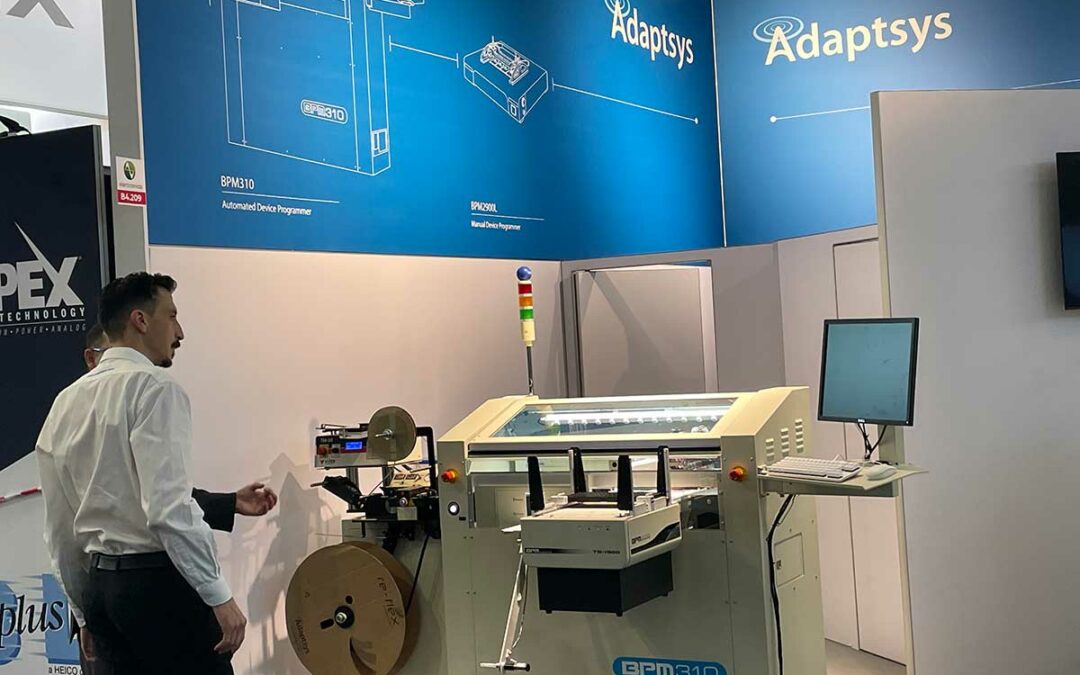
by Scott Bronstad | Nov 15, 2022 | Events, News, Trade Shows

by Scott Bronstad | Nov 1, 2022 | News
Happy 14th Birthday to our friends at Beijing CRT
Beijing CRT celebrates its 14th year in November of 2022. They have distributed BPM Microsystems products and services for well over 10 years. We wish Margaret, Jack, Bill, and the team at Beijing CRT a very happy birthday, and many more to come!

by Scott Bronstad | Oct 31, 2022 | Events, News
BPM loves Halloween… so we got all the guys and ghouls together for a pizza party and costume contest. The top three costumes will get One Million Dollars… Gift Cards of more appropriate amounts.
We also celebrated a new employee joining us today– Mike Myers.

Because of a clerical error, we inadvertently used the wrong photograph of Mr. Myers. The correct photo is above.
Mike comes to us with extensive experience in Human Resources marketing and will become a special assistant to the Marketing Manager. “Yeah, Baby!” says Mr. Myers.
The top three costumes will get One Million Dollars…

(not really)
- The first prize went to Paul (scawwy skull biker)
- Second to Kathy (the talking Mime)
- The third prize goes to Penny (Ms. Dexter)
- Honorable mention goes to Mr. Long (Woof!)
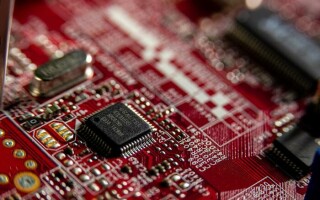
by Scott Bronstad | Oct 4, 2022 | Announcements, Automotive, News, Technology
By Stelios Diamantidis, Senior Director, Synopsys Autonomous Design Solutions
There hasn’t been another time in recent memory where semiconductors have become critical to fueling the electronics industry’s economic framework. The global chip shortage has become abundantly clear, which continues to distress industry sectors from automotive to consumer electronics.
In addition to holding back global economic growth and making life difficult for consumers and businesses worldwide, the shortfall in manufacturing capacity is uneven, affecting legacy process nodes far more than mid-performance nodes.
While semiconductor experts have been hard at work on scoping solutions, the situation has looked insoluble- simply put, semiconductors are extremely hard to design and manufacture; supply chain effects are very difficult to absorb due to this lack of flexibility.
Enter silicon remastering, a new AI-driven design framework with the potential to transform the global chip supply chain. To understand how we must acknowledge the root of the problem: an imbalance in manufacturing capacity. Process nodes built on legacy silicon technologies are in extremely short supply. With them running out, using past technologies to replenish them is no longer a viable option.
Read the full Embedded Computing Design article here
Automotive Device Shortage Update | Bring Device Programming In-House (Video) |





